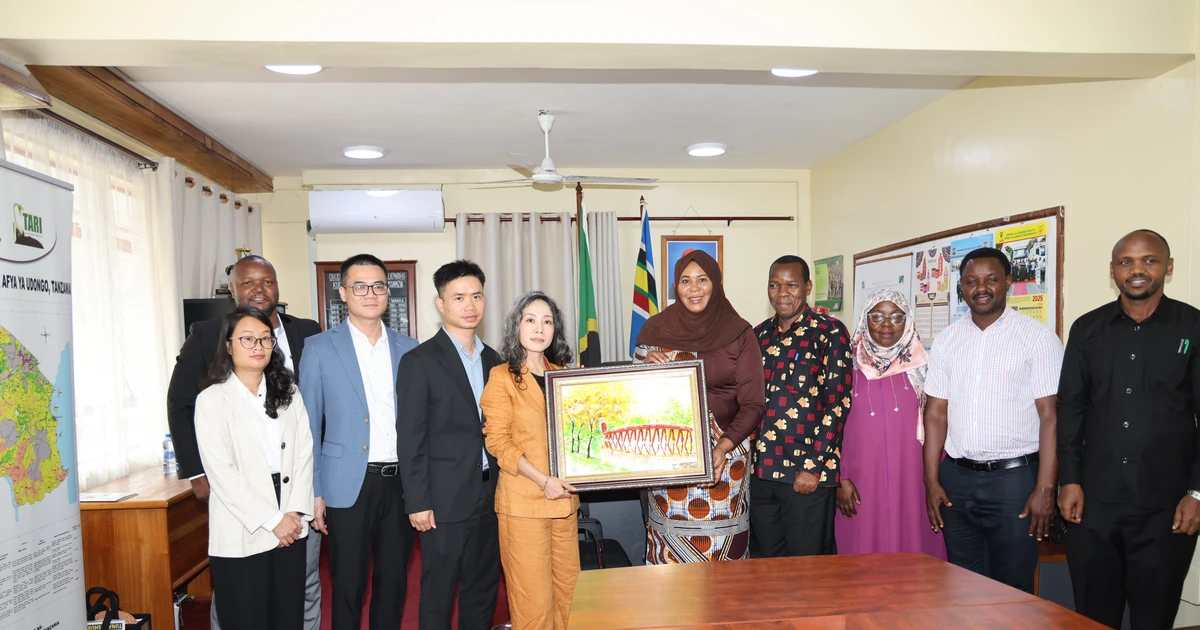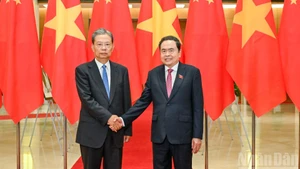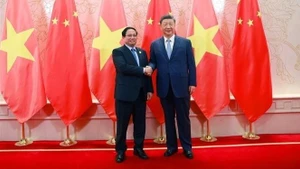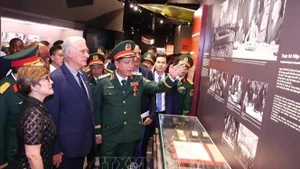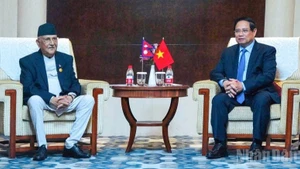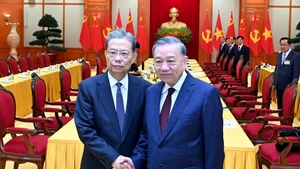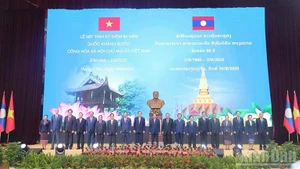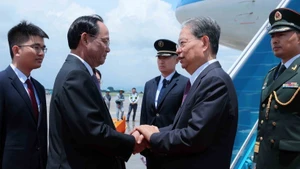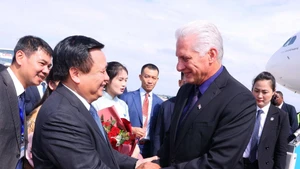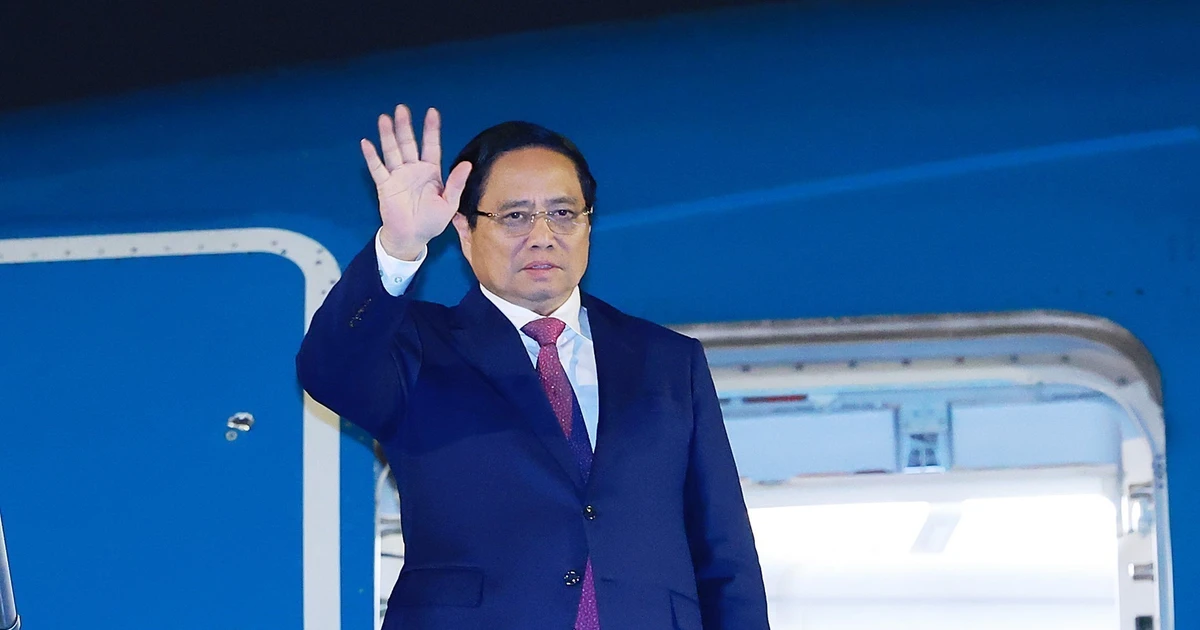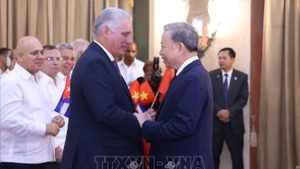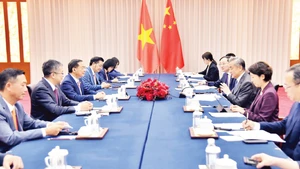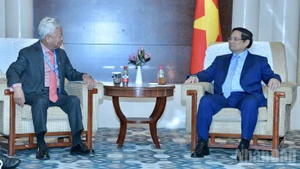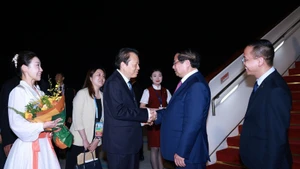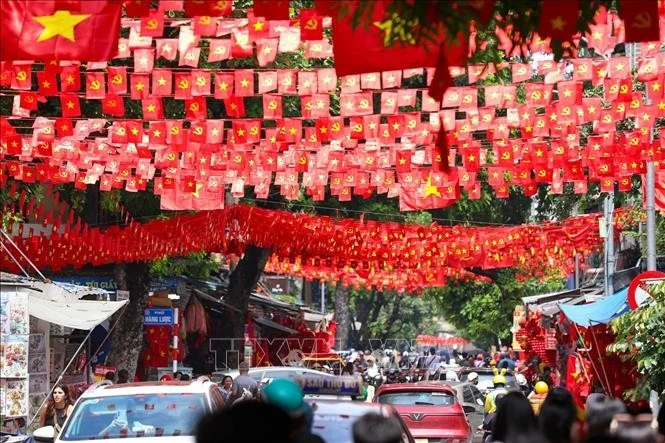During the meeting at the Office of the Governor of Tanga, held in a friendly, constructive and proactive atmosphere, the two sides exchanged views and clarified bilateral cooperation opportunities with the aim of making practical contributions in the pivotal year marking the 60th anniversary of the establishment of diplomatic relations between the two countries (1965–2025).
At the reception, Governor Batilda Burian highly appreciated the traditional friendship between the two countries, rooted in their shared history of national liberation struggles, and affirmed that Tanga is willing and eager to receive cooperation initiatives from Viet Nam.
The Governor shared that Tanga is one of the five largest provinces in Tanzania, with an area of over 26,000 km² and eight districts characterised by diverse strengths, abundant natural resources, and a temperate climate. The province has a distinct agro-fisheries production base and is making strong progress in industrial development, entrepreneurship, and digital technology. Tanga is considered a regional economic hub in East Africa, boasting a major seaport and Tanzania’s oldest railway line.
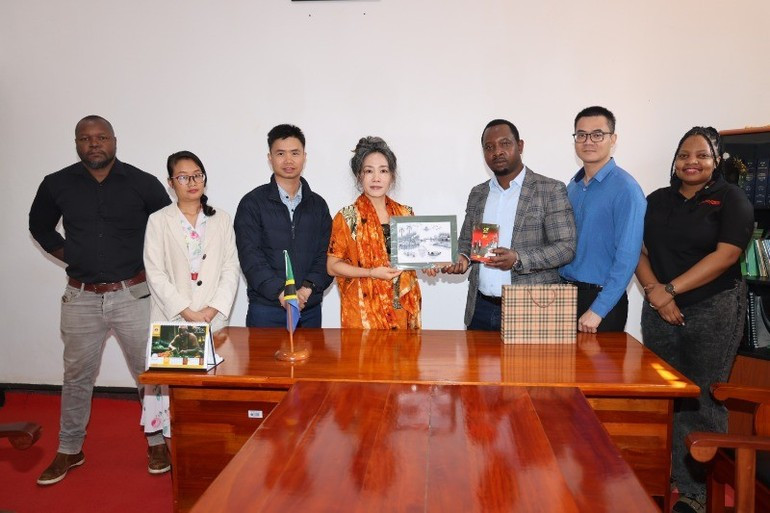
Economically, agriculture remains the main pillar, employing around 70% of the labour force. The President of Tanzania has paid particular attention to the development of the fisheries sector, supporting fishing vessel provision, seaweed farming, and mud crab aquaculture—areas in which the province wishes to learn more from Viet Nam’s experience. Additionally, livestock and inland aquaculture are also being actively promoted.
Tanga is the only province in Tanzania with three major cement plants, whose clinker material is primarily imported from Viet Nam—highlighting a strong economic link between the two sides. The province also possesses valuable natural resources such as gold, graphite, bauxite, heavy mineral sand, ruby, and emerald. The Governor candidly acknowledged existing challenges, including the fact that some traditional textile factories have yet to attract strategic investors. Viet Nam’s strengths in the textile industry could open up opportunities to revitalise this sector, which is particularly popular among women in Tanga.
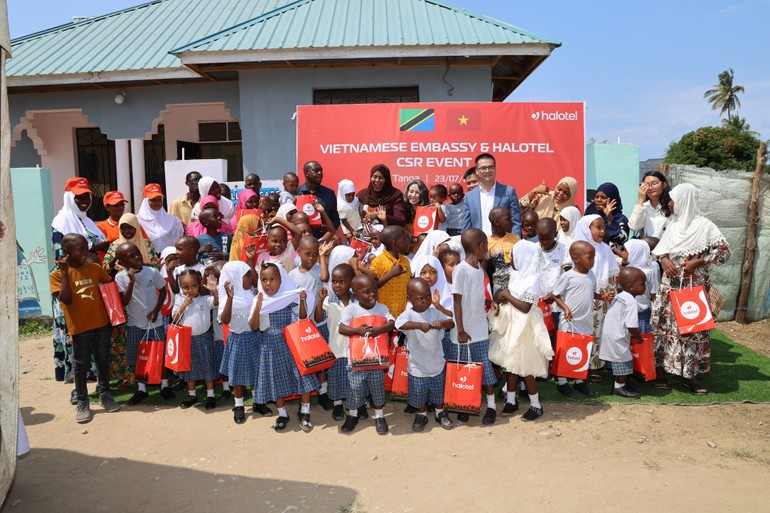
In terms of technology, Tanga is one of the few provinces with cross-border fibre-optic connectivity with Kenya. It is currently operating an ICT startup centre for youth to promote innovation. However, the locality still lacks a regional television station and hopes to learn from Viet Nam’s model in local media and digital transformation.
The Governor commended Viet Nam’s role in South-South cooperation and affirmed that the two sides are maintaining stable bilateral relations across various fields, including trade, investment, media, tourism, and digital transformation. She expressed her wish to establish local-to-local linkages between the two countries to ensure that cooperation becomes more substantive and effective.
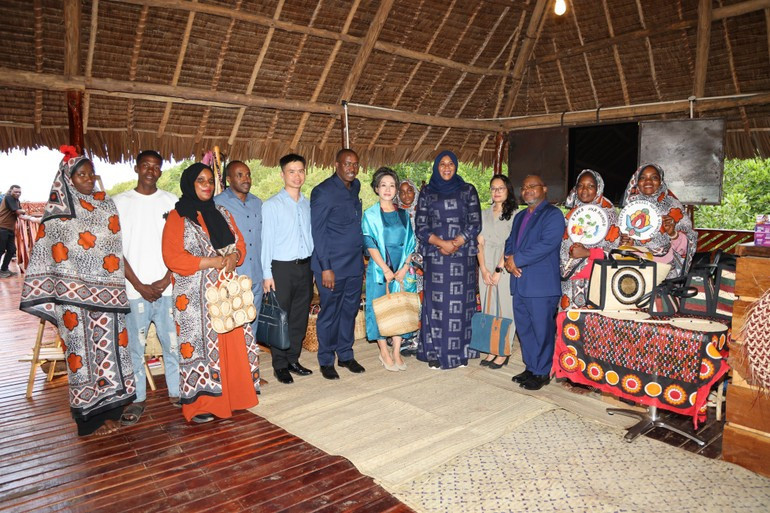
For her part, Ambassador Vu Thanh Huyen expressed appreciation for the warm welcome from the authorities of Tanga Province and emphasised that 2025 is a significant milestone commemorating diplomatic relations between the two countries. She noted positive developments in bilateral relations, especially through the exchange of high-level delegations and the establishment of a political consultation mechanism between the two foreign ministries. Various cooperation frameworks are being promoted to expand bilateral collaboration in the near future, including the second meeting of the Viet Nam–Tanzania Joint Committee on Agricultural Cooperation, expected to take place in the fourth quarter of this year in Tanzania. This mechanism was signed between the two governments in 2004.
The Ambassador expressed a positive assessment of the potential and opportunities for cooperation in Tanga and highlighted that Tanga and many localities in Viet Nam—particularly Lam Dong Province—share similarities in climate, ecological conditions, and sustainable agricultural development strategies. With strengths in forestry, marine resources, tourism and minerals, Lam Dong is also considered the high-tech agricultural hub of Viet Nam. These are favourable foundations for launching concrete cooperation programmes. The Ambassador expressed confidence that with the active and direct participation of localities, Viet Nam–Tanzania cooperation will become more in-depth, practical, and sustainable.
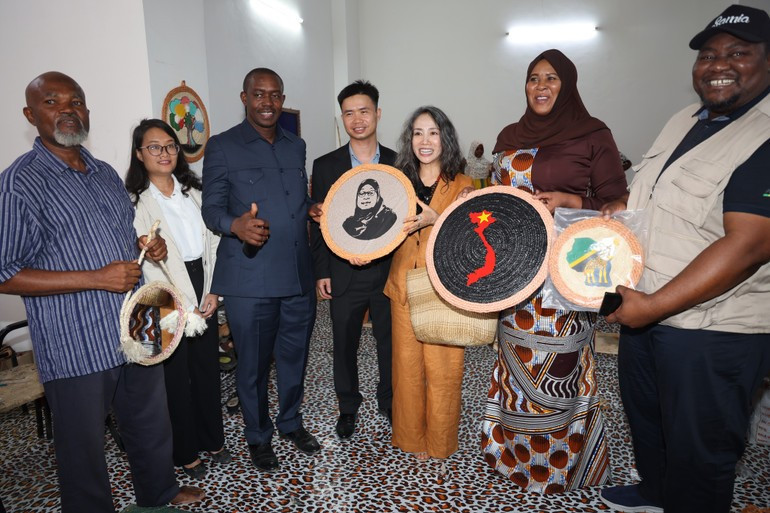
The Ambassador also shared about Viet Nam’s vigorous reform process and emphasised the role of digital transformation and e-government, stating that Viet Nam is willing to share its experience in this field. Halotel—a subsidiary of Viettel in Tanzania—is a clear example of an effective technology cooperation model between the two countries. After a decade of operation in Tanzania, Halotel has affirmed its position and closely supported the Tanzanian people, with a network coverage reaching 88% of the population, especially in remote and rural areas, and is now preparing to deploy 5G frequencies in Tanzania.
During the trip, Ambassador Vu Thanh Huyen also had working sessions with leaders of the districts of Tanga and Lushoto, including Dadi Kolimba; visited a gypsum plant, a Sisal processing and production facility; the Isit mangrove forest in Tanga; and donated gifts to the “Goodwill and Humanity House of Orphanage” child protection centre.
